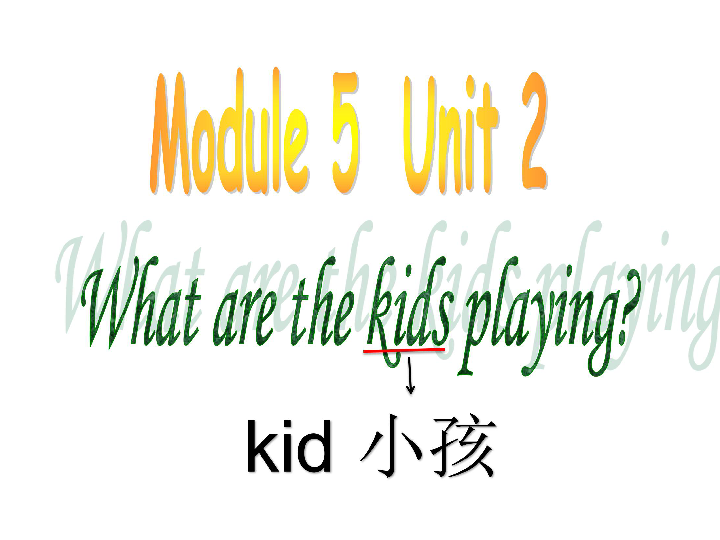Understanding What is the Cap on Federal Student Loans: A Comprehensive Guide for Students
#### What is the cap on federal student loans?The cap on federal student loans refers to the maximum amount of money that students can borrow through federa……
#### What is the cap on federal student loans?
The cap on federal student loans refers to the maximum amount of money that students can borrow through federal loan programs to finance their education. These caps vary based on several factors, including the type of loan, the student’s year in school, and whether the student is a dependent or independent borrower. Understanding these limits is crucial for students planning to fund their education through federal loans.
#### Types of Federal Student Loans and Their Caps
There are several types of federal student loans, each with its own borrowing limits. The most common types include:
1. **Direct Subsidized Loans**: These loans are available to undergraduate students with demonstrated financial need. The borrowing limit for these loans is based on the student's year in school. For example, first-year undergraduate students can borrow up to $3,500, while seniors can borrow up to $5,500.

2. **Direct Unsubsidized Loans**: Unlike subsidized loans, these are available to both undergraduate and graduate students regardless of financial need. The annual borrowing limits for unsubsidized loans are higher, with first-year undergraduates eligible for up to $5,500 and graduate students able to borrow up to $20,500 per year.
3. **Direct PLUS Loans**: These loans are available to graduate students and parents of dependent undergraduate students. The maximum borrowing limit is the cost of attendance minus any other financial aid received. This means that students and parents can borrow a significant amount, but they will need to demonstrate creditworthiness to qualify.
#### Aggregate Loan Limits
In addition to annual borrowing limits, there are also aggregate limits that cap the total amount a student can borrow over their entire academic career. For example, the aggregate limit for dependent undergraduate students is $31,000, with no more than $23,000 in subsidized loans. For independent undergraduate students, the limit is $57,500, with no more than $23,000 in subsidized loans. Graduate students have a higher aggregate limit of $138,500, which includes all federal loans taken during their undergraduate and graduate studies.

#### Importance of Understanding Loan Caps
Understanding the cap on federal student loans is essential for several reasons. First, it helps students plan their finances effectively. Knowing the limits can assist students in determining how much they can rely on loans to fund their education and how much they may need to supplement with personal savings or private loans.
Second, being aware of these caps can prevent students from over-borrowing. Many students may not realize the total amount they are taking on when they accept various loans, leading to significant debt upon graduation. By understanding the caps, students can make informed decisions about how much to borrow.
Finally, understanding the cap on federal student loans can help students navigate repayment options more effectively. Different loans have different repayment plans, interest rates, and forgiveness options. Knowing the total amount borrowed can aid in selecting the best repayment strategy.

#### Conclusion
In conclusion, the cap on federal student loans is a critical aspect of financing higher education. By understanding the different types of loans, their limits, and the importance of these caps, students can make informed decisions about their education financing. This knowledge not only helps in managing debt but also in planning for a successful financial future after graduation.